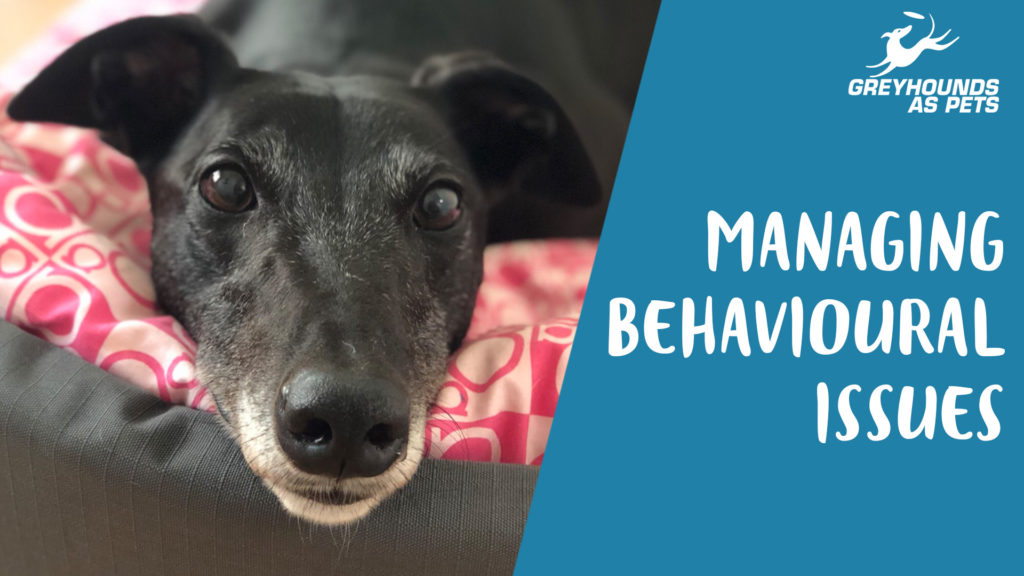
Fixing behaviours before they become problems
Fear and anxiety are a common cause of behavioural problems in most dogs, and greyhounds are no exception. Many greyhounds have not experienced the typical day-to-day sights and sounds, or activities that companion dogs are accustomed to. As a result, it can take a while for your average retired greyhound to grow comfortable in their new home. While they are adjusting, it’s common for a greyhound to experience some fear/anxiety as they encounter all the new things in their world.
Some common manifestations of fear and anxiety in greyhounds can include chewing, freezing on walks and chase behaviour.
The good news is that there are ways to work with your dogs to reduce their discomfort and help them learn alternative behaviours to calm themselves and have their needs met.
Chewing
Dogs can explore the world with their nose and mouth. Like us, they can carry a lot of tension in their jaw when stressed. Greyhounds are likely to chew things to try to alleviate this stress and tension. It’s important that you allow your dog to have an outlet to chew- but your furniture shouldn’t have to suffer! Here’s how you can help:
- Make sure your dog has plenty of appropriate items to chew such as specifically designed chew treats (such as shark cartilage) or toys (such as some Kong models)
- Keep anything of yours that your dog might have fun chewing (such as shoes and rubbish bins) out of your dog’s reach
- If chewing on something inappropriate redirect your dog onto what you would like them to chew and reward them for it
Freezing on walks
Have you ever been enjoying a casual stroll with your greyhound, when all of a sudden they appear to freeze in motion and nothing you do will get them to move? It’s easy to mistake this behaviour for stubbornness. However, it’s more likely that your greyhound is scared or overwhelmed about their present environment. Helping them overcome this problem will take time, patience and understanding, here are a few things you can try:
- Do not pull on their lead or collar as this will worsen their anxiety and may even hurt them
- Crouch down and gently call the greyhound to you, rolling treats along the ground can help to divert their attention onto something positive
- Gently try to move in a different direction to help break the dog’s line of sight and move away from whatever may be bothering them. Reward with treats if they do move away
- Take note of your environment at this time and try to avoid exposing your dog to a similar situation and work on building up to that situation in gradual increments (e.g. many greyhounds will prefer just walking on lead around the front garden at first)
It’s important to remember that you should not force your dog to move towards whatever they are scared of, as this may make it more likely for them to become afraid of walks.
Chase behaviour
Chase behaviour is a natural behavioural sequence that is completely normal in the dog, as this is how they have evolved to acquire food. Greyhounds have been selectively bred with a particular emphasis on chase behaviour. Positive early life experiences and regular socialisation can help ex-racers learn to recognise other (particularly smaller) breeds of dog as a social opportunity as opposed to a chase opportunity. Chase behaviour should not be confused with aggression which concerns a dog responding to remove a perceived threat. Aggression is related to a negative emotional state whereas chase behaviour is related to a positive emotional state (i.e. chasing is enjoyable and it is a means of getting resources)- both can have a poor outcome for the targets of the behaviours.
If your greyhound shows signs that they want to chase other dogs. Here are some strategies that may help:
- Regular, safe exposure to many different dogs at an intensity where the greyhound isn’t motivated to chase other dogs- usually this means having both dogs on lead and at a considerable distance from each other
- Only increase the intensity of a meeting with another dog (this usually means moving closer) once the greyhound appears calm and relaxed
- Work on rewarding the greyhound for switching their attention away from other dogs and onto you. Rewards should be high value food rewards and sometimes it helps to initially practice having the dog look away from boring things such as household objects before working on switching off from other dogs
Chase behaviour is not something we should aim to ‘train’ dogs out of, but rather, we should aim to equip our dogs with the skills to allow us to remove them from that particular situation. This means that these dogs should be on lead when outside of their home at all times.
More news
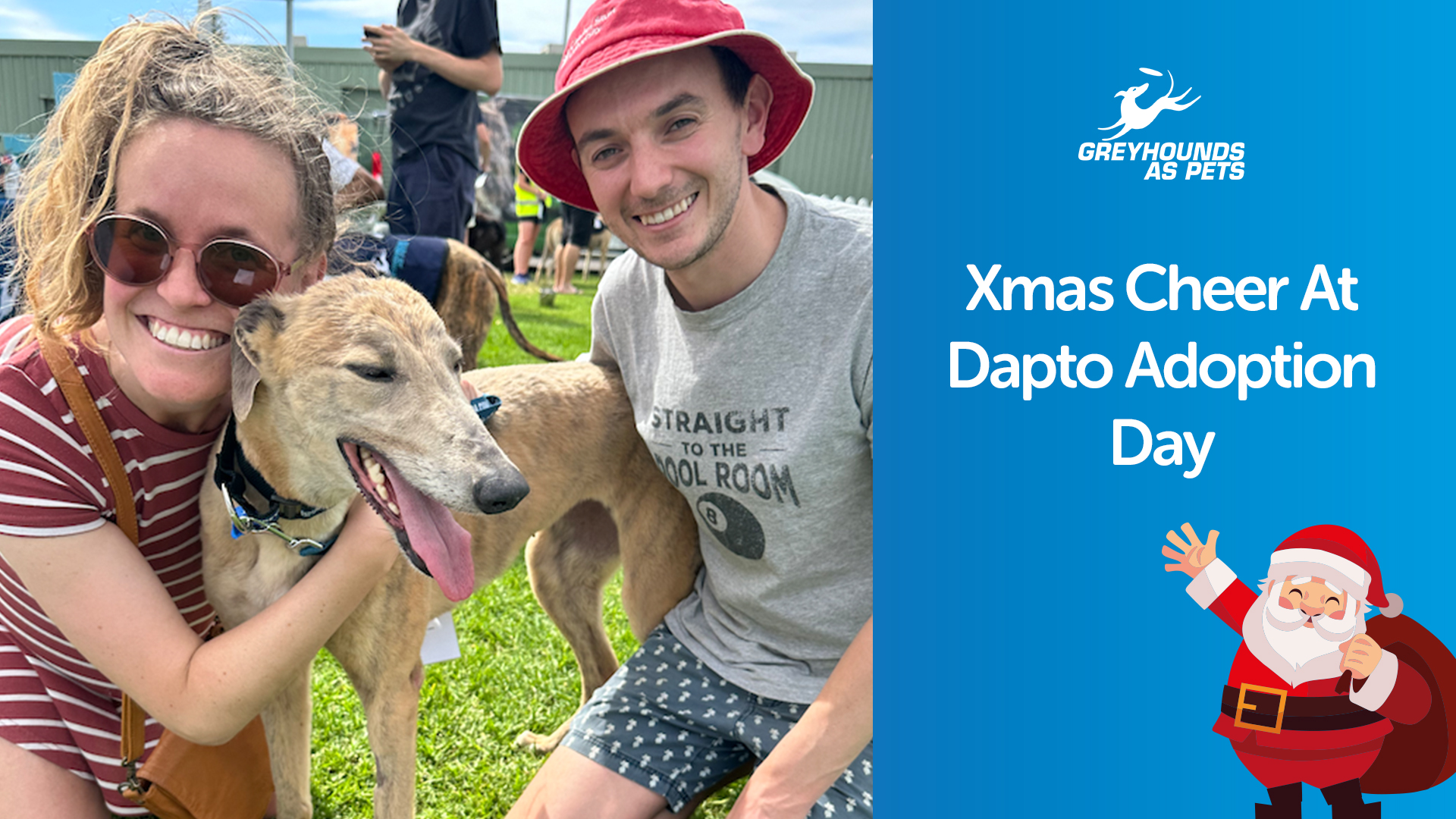 Adoption Day Success At DaptoDecember 19, 2023 10:35
Adoption Day Success At DaptoDecember 19, 2023 10:35 Wellington Joins GAP Prison ProgramBy GRNSWDecember 04, 2023 17:21
Wellington Joins GAP Prison ProgramBy GRNSWDecember 04, 2023 17:21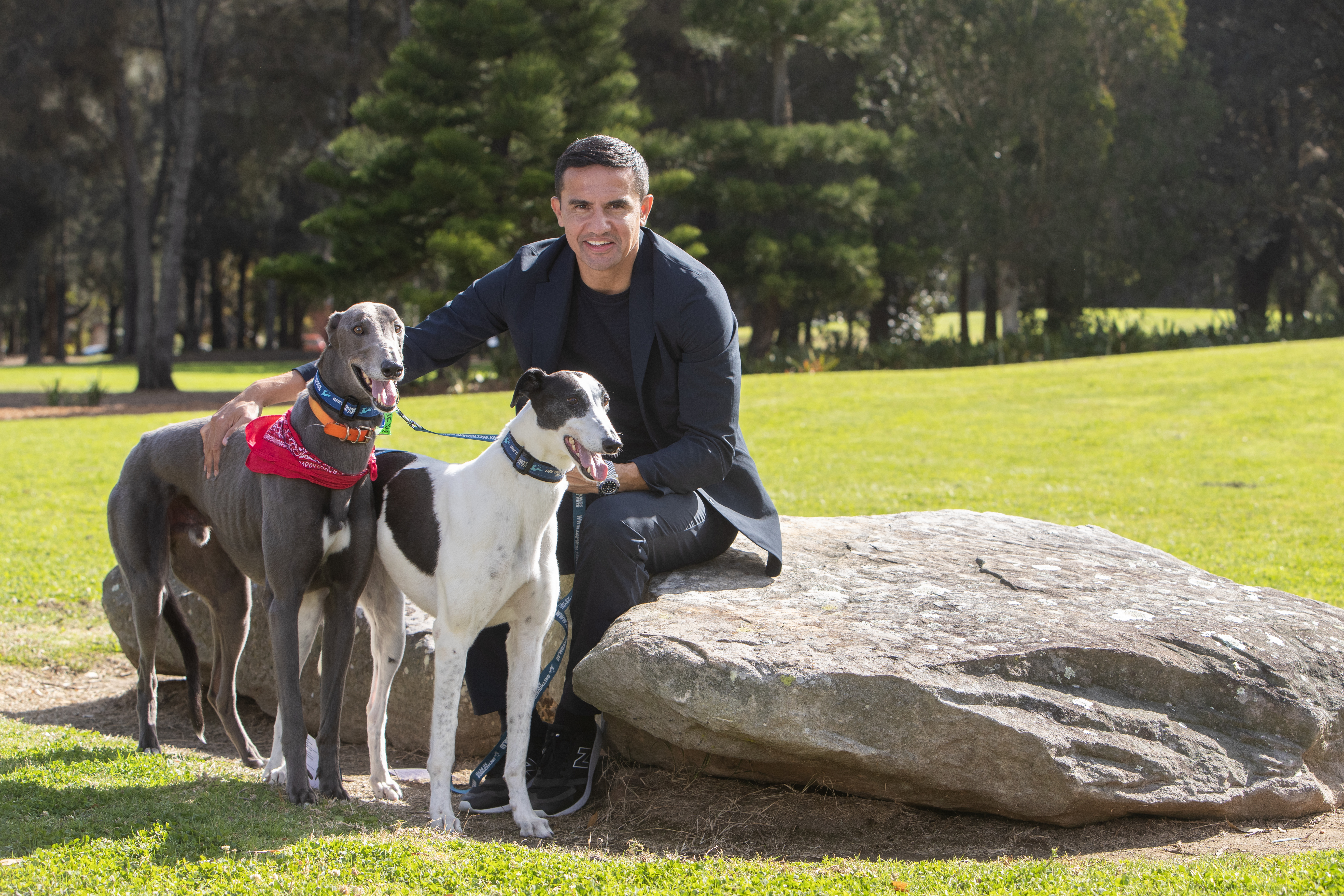 Cahill Now A Hall Of Fame AmbassadorBy GAPNSWNovember 30, 2023 10:20
Cahill Now A Hall Of Fame AmbassadorBy GAPNSWNovember 30, 2023 10:20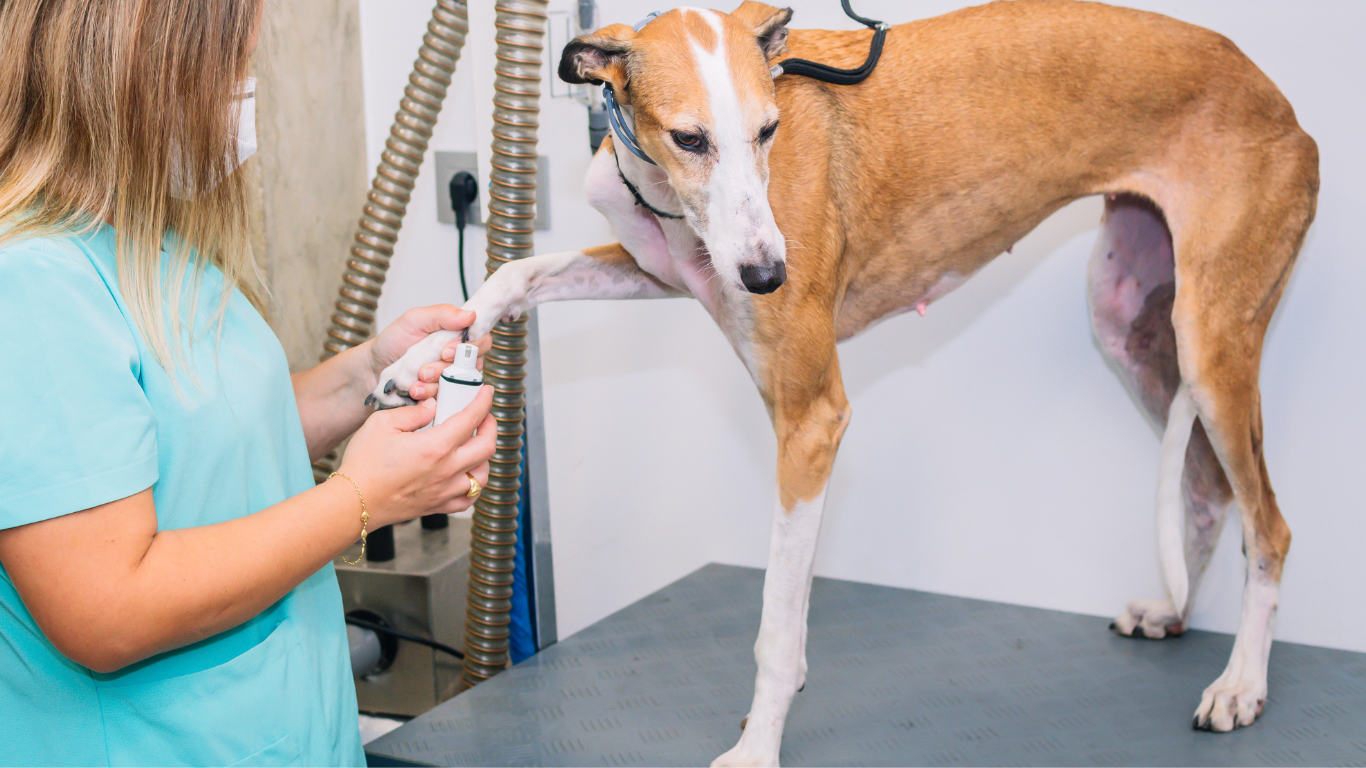 How To Care For Greyhound NailsBy gapnsw.com.auOctober 23, 2023 11:35
How To Care For Greyhound NailsBy gapnsw.com.auOctober 23, 2023 11:35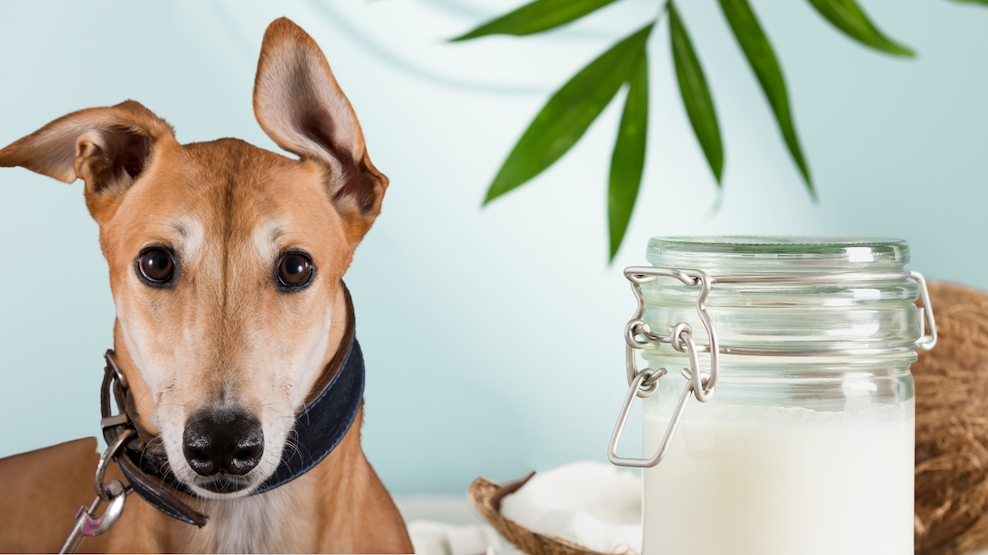 Is Coconut Oil Your Dog's Best Friend?By GAPNSWOctober 23, 2023 09:36
Is Coconut Oil Your Dog's Best Friend?By GAPNSWOctober 23, 2023 09:36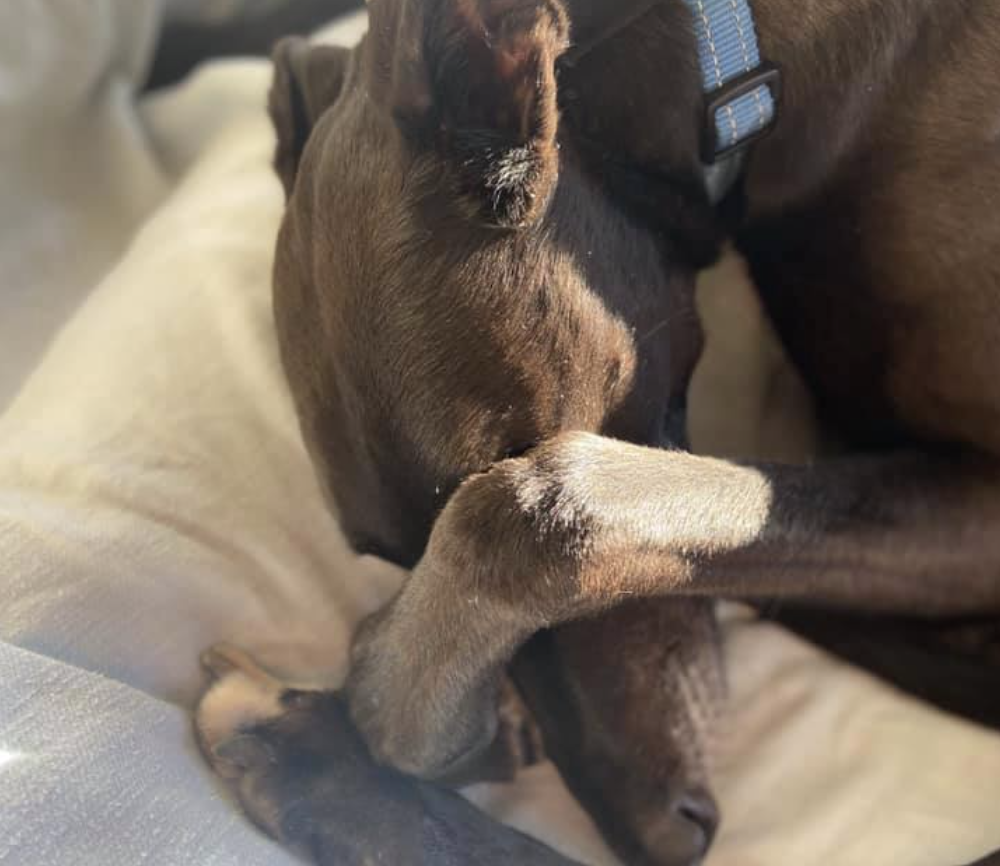 Helping a Greyhound When Relocating Their Safe SpaceBy gapnsw.com.auSeptember 13, 2023 11:10
Helping a Greyhound When Relocating Their Safe SpaceBy gapnsw.com.auSeptember 13, 2023 11:10